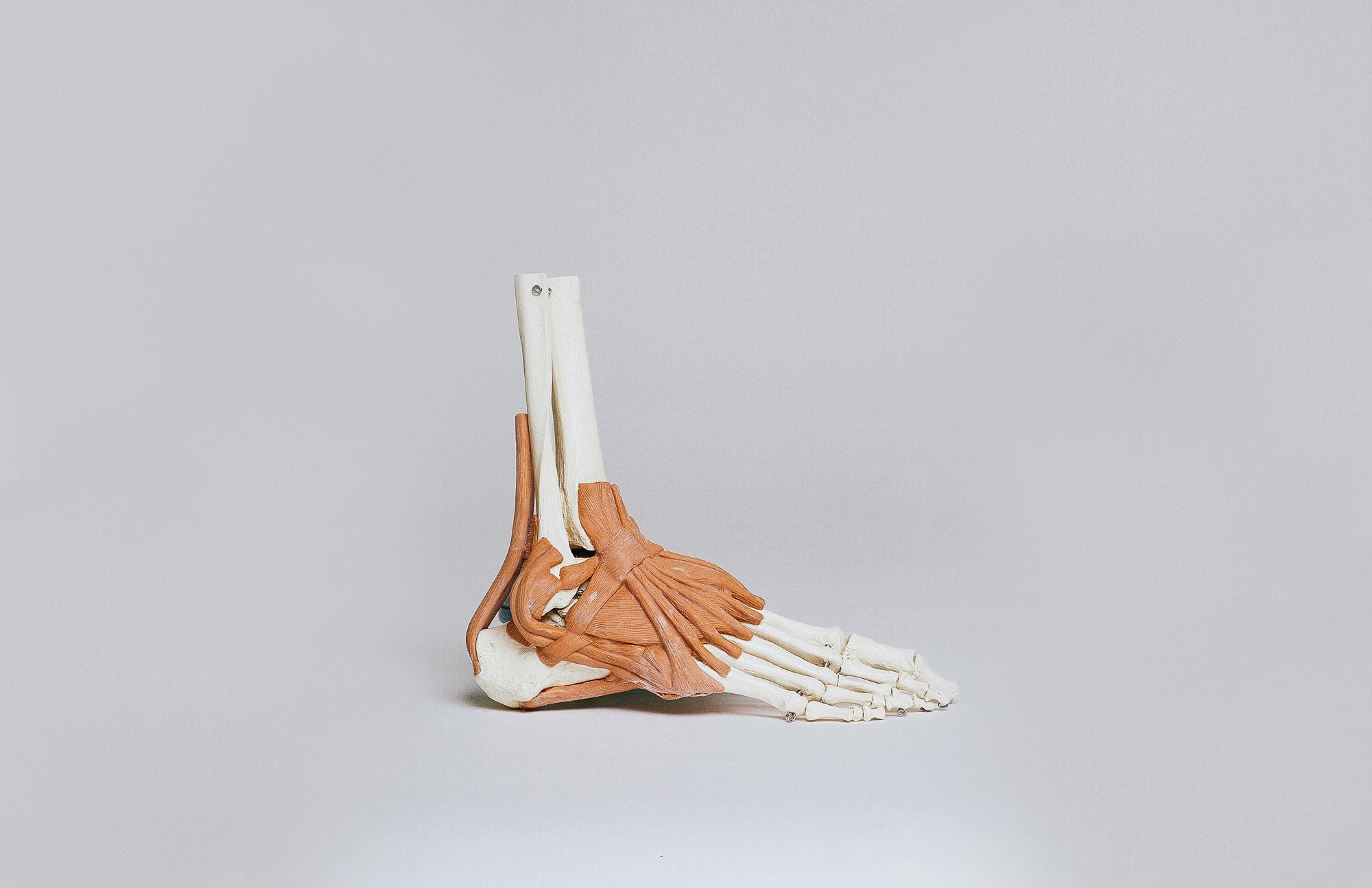Anyone who has suffered from an ankle injury knows how debilitating it can be. Not only can it affect your daily routines, but the pain and discomfort can seem overwhelming. If you’ve been suffering from ankle pain lately, it could be that ankle bursitis is the root of your problem.
What is Ankle Bursitis?
Ankle bursitis is the inflammation of a small fluid-filled sac called the bursa. This sac works to reduce friction between bones and tendons in your foot. When the bursa is inflamed, it can cause pain and irritation in the area. While bursae are found in other areas of your body, the main bursas in your ankle are called the Achilles bursa, retrocalcaneal bursa, and bursa of the medial malleolus.
What Causes Ankle Bursitis?
Ankle bursitis can result from:
- A direct blow to your bursa
- Falling and landing improperly on your bursa
- Complications from arthritis, gout, or osteoarthritis
- Infection in the ankle or bursa
- Repeated motions that result in a stress injury
Symptoms of Ankle Bursitis
Common symptoms of ankle bursitis generally include the following:
- Pain/tenderness located at the back of your ankle
- Limping when walking
- Reduced range of movement in the ankle
- Stiffness in your ankle
- Skin that is red, swollen, and warm over your ankle
- Discomfort during weight-bearing activities (running, standing)
Risk Factors
You may be more at risk of developing ankle bursitis if you have these factors:
- Frequently exposed to cold weather
- Engage in contact sports
- Have a history of bursitis
- Have poor condition
- Experience heel striking when you run
Diagnosis and Treatment for Ankle Bursitis
To diagnose, your podiatrist will first examine your ankle. Next, they will ask about your history and how active you are. Then, you will either undergo an X-ray or MRI to display images of your bone position and the surrounding tissue. These tests will help your doctor get a better idea of what could have caused your bursitis.
Before choosing to do an invasive treatment, many doctors will recommend the RICE method first.
The RICE method is:
- Rest your ankle
- Ice your ankle intermittently
- Compress your ankle with an elastic bandage
- Elevate your ankle when possible
If your the bursitis results from an activity, the first step is to stop doing that movement temporarily. Your doctor may also recommend the following treatment:
- NSAIDs: help decrease swelling and pain
- Antibiotics: prevent or fight a bacterial infection
- Steroidal injections: assist in reducing pain and swelling
If non-invasive treatment doesn’t provide you with pain relief, you may need surgery to remove your bursa or another part of your ankle bone.
Visit Canyon Oaks Foot and Ankle for Treatment
If you suspect that ankle bursitis is the cause of the pain in your ankle, the podiatrists at Canyon Oaks Foot and Ankle are here for you. We will examine your ankle, identify the problem, and work together on a treatment plan that gets you back on your feet.
Reach out today by filling out our online contact form.

